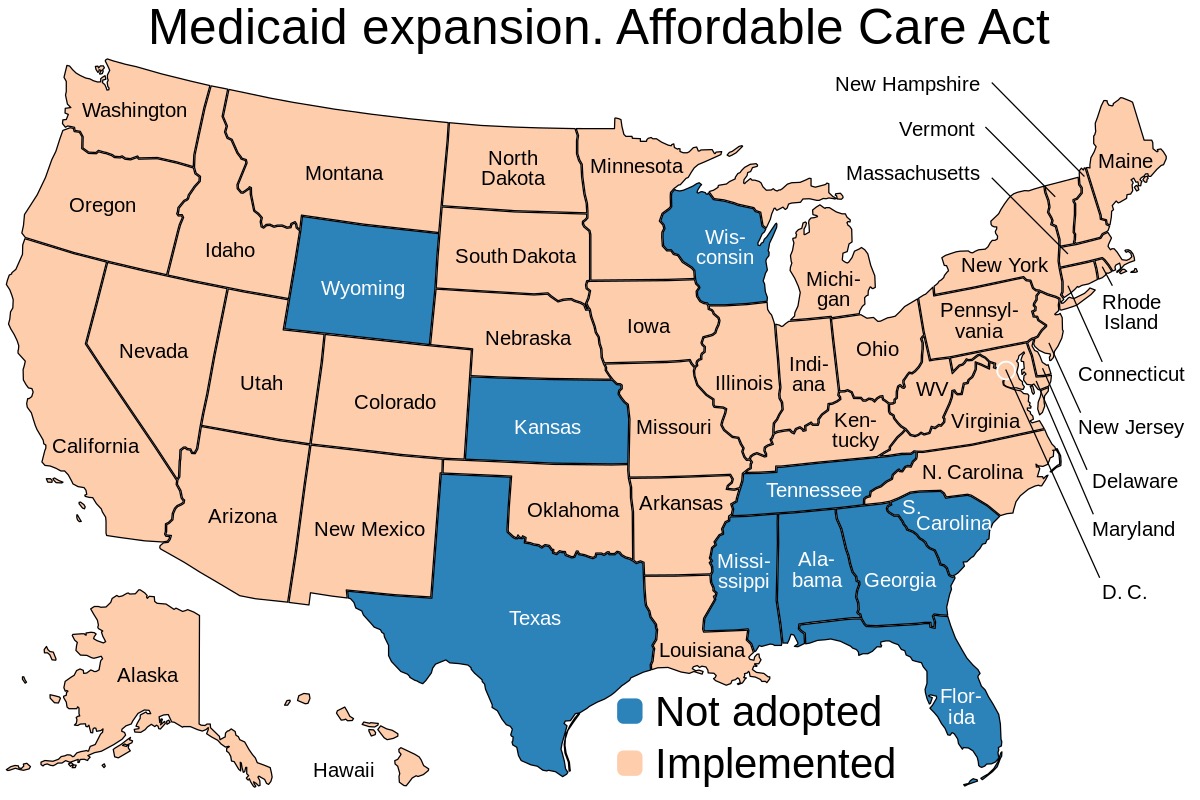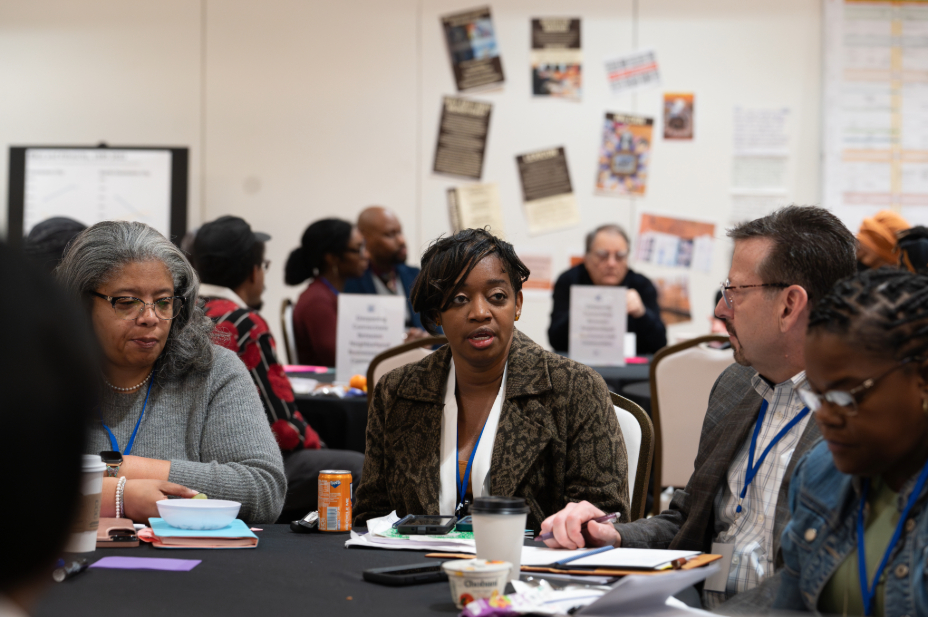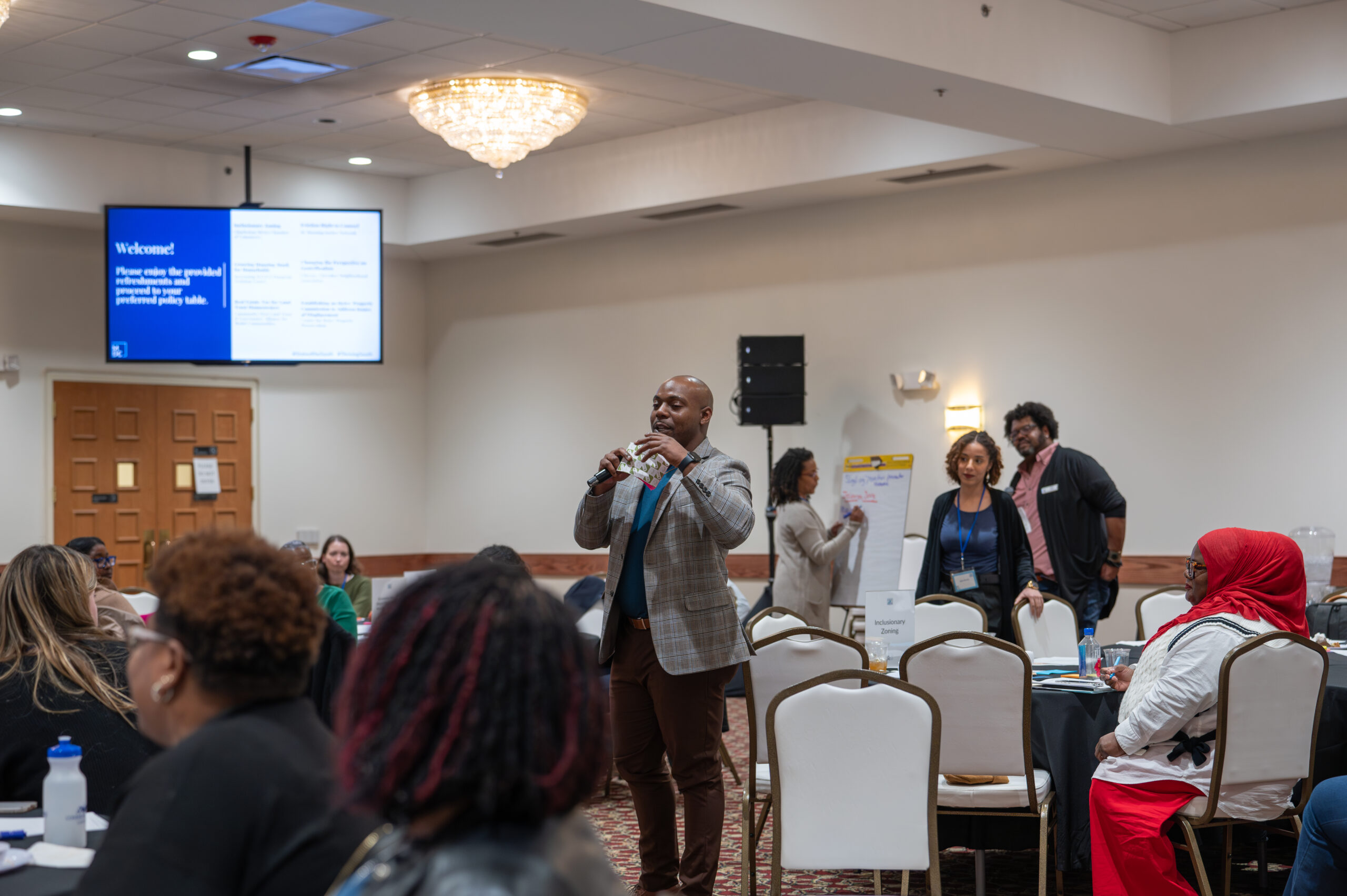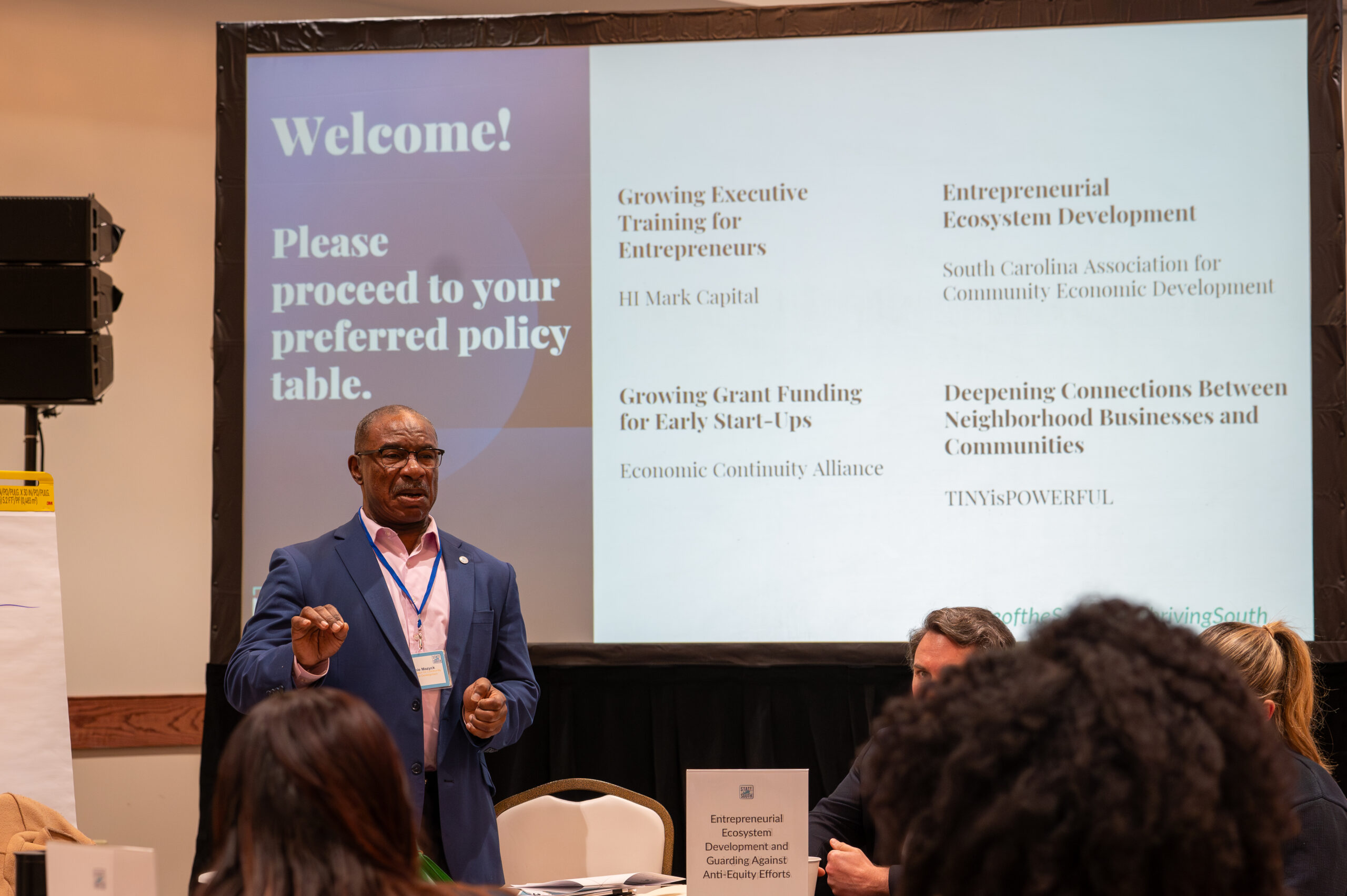Structural Lens On Race
Jan 25, 2019
The Power of a Structural Lens on Race
As one of our core Building Blocks for racially equitable work, the Race Matters Institute of MDC, Inc. includes the “systematic application of a structural lens” for understanding how racial inequities get produced. Use of such a lens often begins with an understanding of how an area’s racial history impacts conditions that we see today. Here are the benefits of using a structural lens and some ideas for your consideration about how to encourage its use.
Results Will Be More Powerful
Too often work focuses on individual-level change without understanding the policies, practices, and conditions that produce individual outcomes. Change for individuals is important, but it will not be able to go to scale without addressing the structural factors that produce individual-level outcomes. Think of it this way: if a car is racing through a heavy pedestrian area at high speed and hits multiple people, it is natural to want to help the people. But unless someone stops the car, many other people can be hurt. In this vignette, stopping the car is akin to addressing structural issues. The scenario presents the need for “both/and” actions – both to help pedestrians who have been hit and to stop the car from hitting others.
The Context Requires It
Every community has a distinct racial history that has been created by national and local policies, practices, decisions, and inter-group relationships. Racial/ethnic groups share universal aspirations (e.g., college graduation, optimal health, adequate housing, personal safety), but they are “differently situated” with regard to achieving those aspirations because of that history and how the present builds on it. So, one size doesn’t fit all when it comes to successful strategies and interventions.
For example, if subprime loans are disproportionately made to people of color, even when their economic circumstances are comparable to whites, wealth-building for communities of color will need, among its strategies, to address racial discrimination in subprime lending – an issue that doesn’t systematically affect white communities. Thus, Prof. john powell talks about the approach of “targeted universalism” – the use of varying strategies to advance universal goal attainment. A structural lens is needed to devise effective strategies for everyone.
Here are some ways that your organization can learn more about applying a structural lens around race in your work:
- Together view the video Race: The Power of an Illusion from California Newsreel (http://newsreel.org/video/RACE-THE-POWER-OF-AN-ILLUSION). This free video segment about how the post-WWII GI Bill produced today’s segregated metro areas is especially instructive: https://vimeo.com/133506632.
- Strengthen your shared understanding of your local racial history. Some communities have specialized resources that offer timelines (e.g., http://datasmart.ash.harvard.edu/news/article/map-of-the-month-redlining-louisville-1062); more have research centers within local colleges and universities that can provide speakers and share local research, and many have local organizations with race-focused agendas who have much to contribute around the historic and current lived experiences of various groups.
- Construct your organizational timeline and discuss how its history parallels and intersects with your local racial history.








